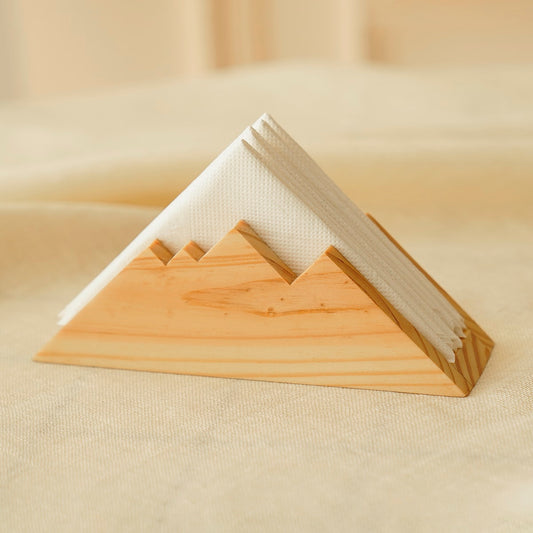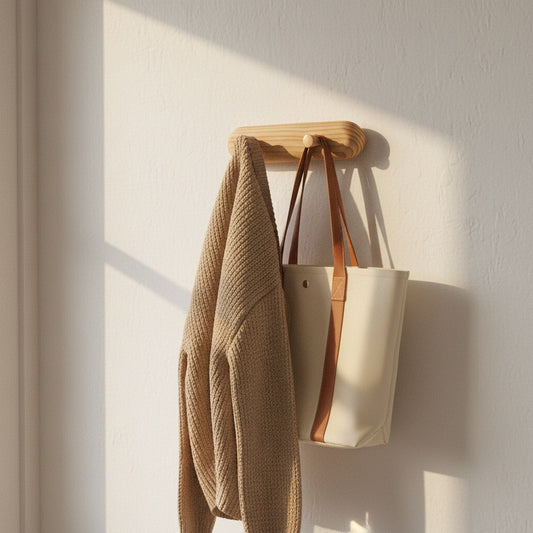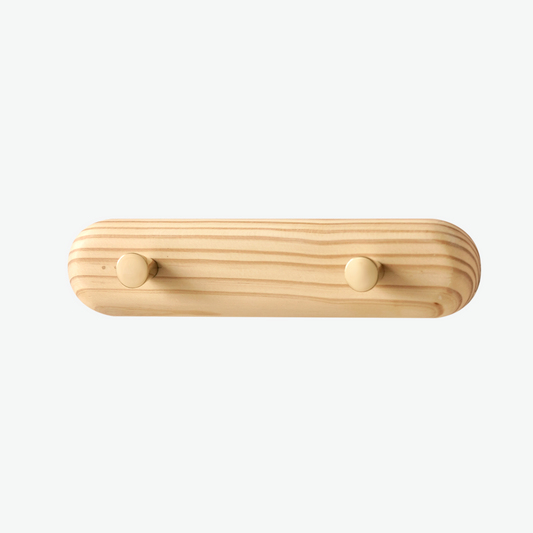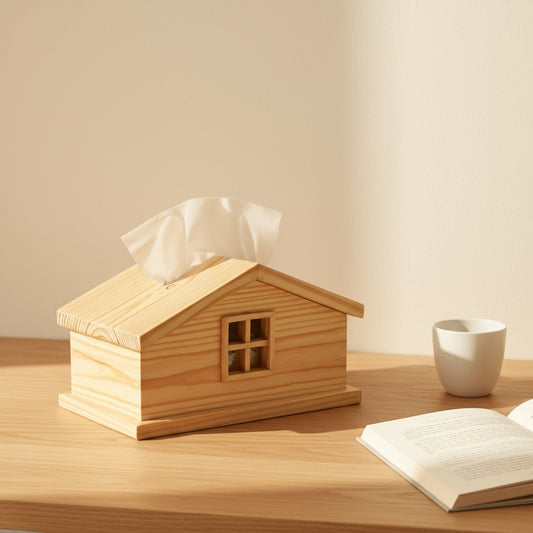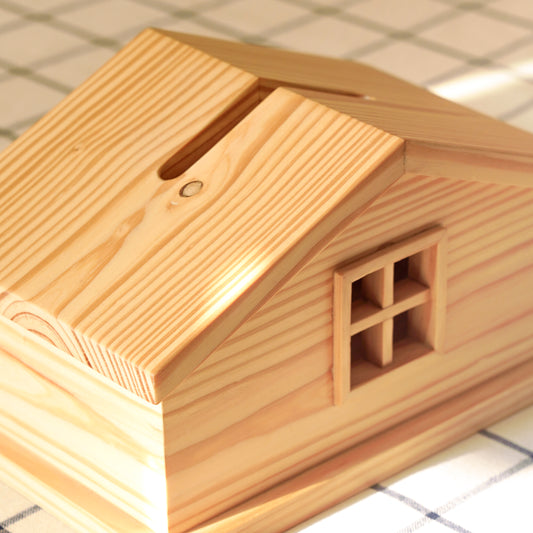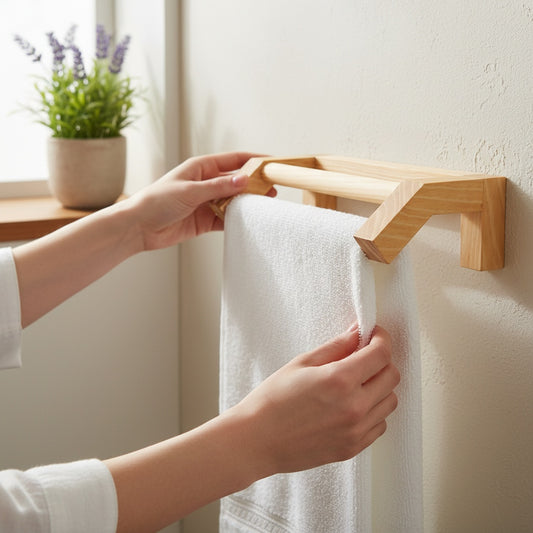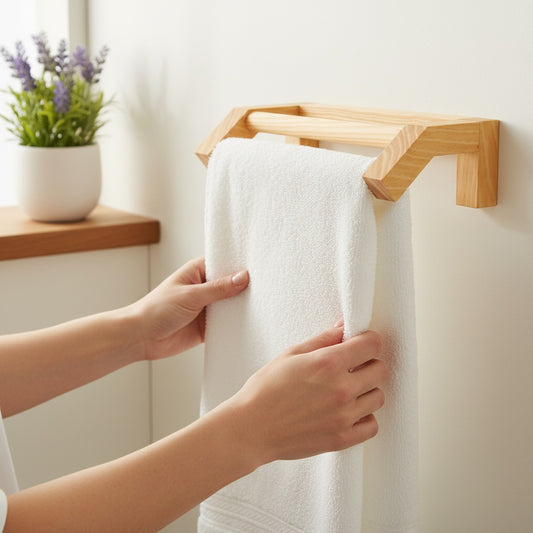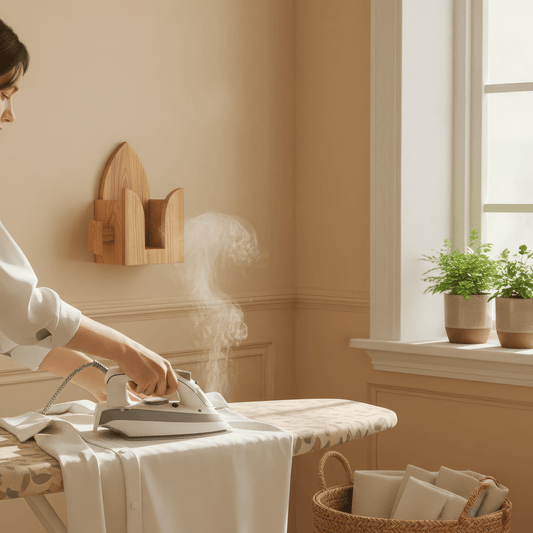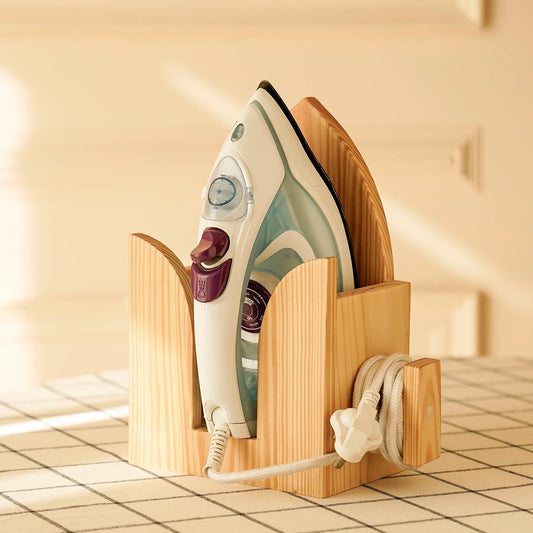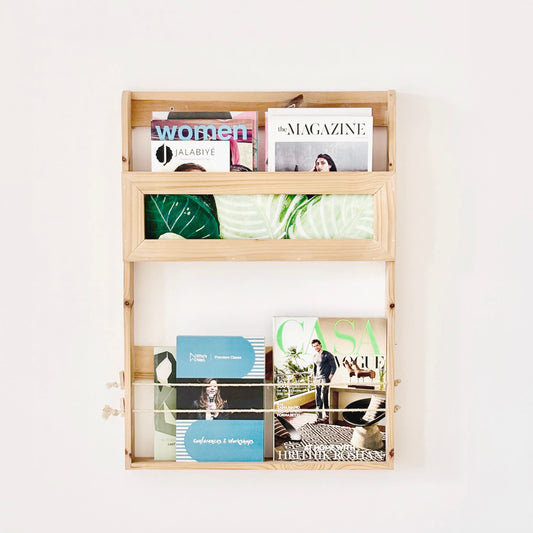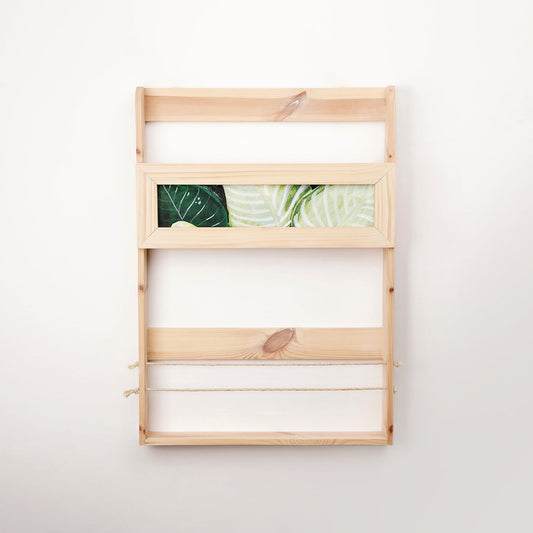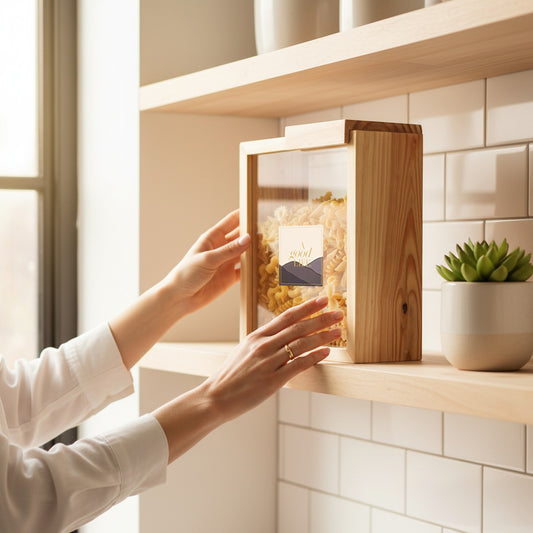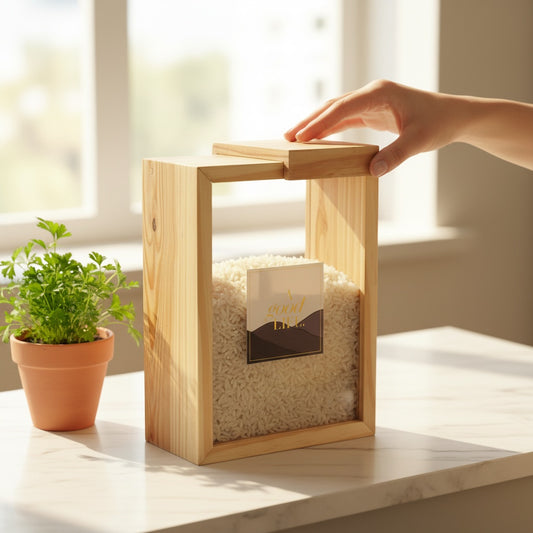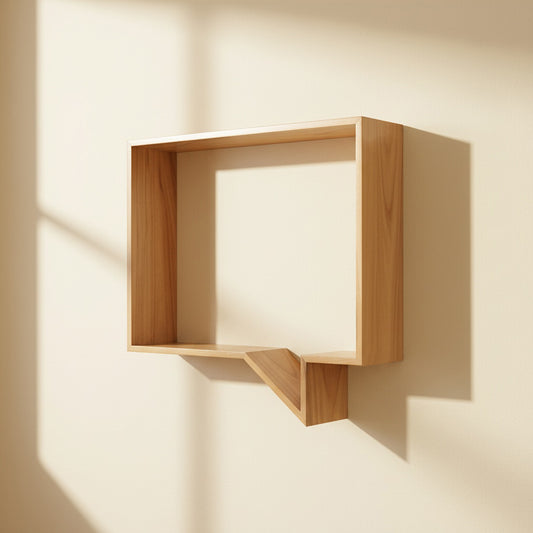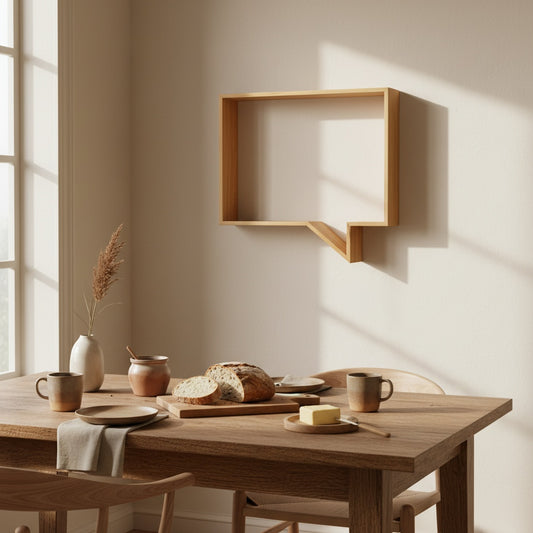Modern Indian homes demand furniture that works smarter, not harder. With urban living spaces becoming increasingly compact, the need for intelligent design solutions has never been more critical. Space-saving furniture represents the perfect marriage of functionality and style, allowing homeowners to create beautiful, organized spaces regardless of square footage limitations.
Understanding Space-Saving Design Philosophy
The Art of Vertical Thinking
Traditional furniture design focuses on horizontal space utilization, but smart space-saving solutions think vertically. Wall-mounted storage, tall narrow cabinets, and stackable systems transform unused wall space into valuable storage real estate.
Multi-Level Storage Systems
Creating storage at different heights maximizes every inch of available space. High shelves for seasonal items, mid-level storage for daily essentials, and low drawers for frequently accessed items create a comprehensive storage ecosystem.
Essential Space-Saving Categories
Wall-Mounted Solutions
Floating Shelves: Provide storage without floor footprint Wall Cabinets: Offer enclosed storage while maintaining floor space Fold-Down Desks: Create workspace that disappears when not needed Vertical Magazine Displays: Keep reading materials organized and accessible
Under-Utilized Space Optimization
Staircase Storage: Transform dead space into functional storage Under-Bed Solutions: Maximize bedroom storage potential Corner Utilization: Make awkward spaces work harder Ceiling Storage: Use overhead space for seasonal items
Room-Specific Space-Saving Strategies
Living Room Maximization
Ottoman Storage: Seating that doubles as storage Nesting Tables: Multiple surfaces that stack when not needed Media Console Integration: Entertainment centers with built-in organization Bookshelf Room Dividers: Define spaces while adding storage
The Nordic Fluted Glass Cabinet in Pinewood at ₹37,900 to ₹47,000 exemplifies this approach, offering substantial storage while maintaining an elegant, space-conscious profile that doesn't overwhelm smaller rooms.
Bedroom Space Solutions
Platform Beds: Built-in storage beneath sleeping area Wardrobe Systems: Customizable organization solutions Bedside Efficiency: Nightstands with maximum storage capacity Mirror Storage: Reflective surfaces that hide storage compartments
Kitchen and Dining Efficiency
Pantry Organization: Vertical storage systems for food items Cabinet Maximizers: Internal organizers that double capacity Appliance Storage: Dedicated spaces that keep counters clear Dining Storage: Tables and chairs with hidden compartments
Home Office Optimization
Desk Organization: Built-in storage that keeps workspace clear File Systems: Vertical filing that saves floor space Supply Storage: Organized systems for office essentials Technology Management: Cable organization and device storage
Design Principles for Small Spaces
Light and Color Strategy
Light Colors: Reflect light and create spacious feeling Consistent Palette: Unified colors make spaces feel larger Strategic Lighting: Proper illumination enhances space perception Mirror Placement: Reflective surfaces double visual space
Furniture Scale and Proportion
Right-Sized Pieces: Furniture that fits the space perfectly Leg Exposure: Visible floor space creates openness Transparent Elements: Glass and acrylic maintain sight lines Streamlined Profiles: Clean lines that don't overwhelm
Innovative Storage Solutions
Modular Systems
Stackable Units: Storage that grows with needs Reconfigurable Pieces: Furniture that adapts to changing requirements Expandable Solutions: Systems that can be added to over time Flexible Arrangements:Pieces that work in multiple configurations
Hidden Storage Integration
Secret Compartments: Storage that maintains clean aesthetics Disguised Solutions: Storage that looks like decoration Dual-Purpose Design: Pieces that serve multiple functions seamlessly Invisible Organization: Systems that keep clutter completely hidden
Technology Integration in Space-Saving Design
Smart Storage Solutions
Automated Systems: Motorized storage that maximizes efficiency App-Controlled Organization: Digital management of storage systems Sensor-Activated Features: Storage that responds to presence Integrated Charging: Power solutions built into furniture
Digital Organization Tools
Inventory Management: Apps that track stored items Space Planning Software: Tools for optimal furniture placement Virtual Organization: Digital systems that complement physical storage Smart Home Integration: Connected storage solutions
Sustainable Space-Saving Approaches
Eco-Friendly Materials
Reclaimed Wood: Sustainable materials with character Bamboo Solutions: Fast-growing, renewable storage options Recycled Components: Furniture made from repurposed materials Low-Impact Production: Manufacturing that minimizes environmental effect
Longevity Focus
Durable Construction: Furniture built to last decades Timeless Design: Styles that won't become outdated Repairable Systems: Furniture designed for easy maintenance Adaptable Solutions: Pieces that evolve with changing needs
Budget-Conscious Space-Saving
DIY Solutions
Custom Built-Ins: Personalized storage for specific spaces Repurposed Furniture: Existing pieces modified for better function Creative Organization: Innovative uses for everyday items Gradual Implementation:Building storage systems over time
Investment Priorities
High-Impact Pieces: Furniture that transforms entire rooms Quality Foundations: Investing in pieces that anchor the space Versatile Solutions: Furniture that serves multiple purposes Long-Term Value: Pieces that provide lasting benefit
Maintenance and Organization Systems
Keeping Systems Functional
Regular Decluttering: Periodic removal of unnecessary items Seasonal Rotation: Moving items based on usage patterns Cleaning Protocols: Maintaining both furniture and contents System Updates: Adapting organization as needs change
Family Integration
User-Friendly Design: Storage accessible to all family members Clear Labeling: Systems that everyone can understand Habit Formation: Creating routines that maintain organization Flexible Rules: Systems that adapt to different lifestyles
Cultural Considerations for Indian Homes
Traditional Storage Needs
Seasonal Clothing: Systems for managing extensive wardrobes Festival Items: Storage for celebration-specific items Extended Family: Accommodation for visiting relatives Cultural Artifacts: Display and storage for meaningful items
Modern Lifestyle Integration
Work-From-Home: Storage for professional needs Entertainment Systems: Organization for modern technology Fitness Equipment: Storage for health and wellness items Hobby Supplies: Organization for creative pursuits
Professional Implementation
Working with Designers
Space Assessment: Professional evaluation of storage potential Custom Solutions: Tailored designs for specific needs Installation Planning: Professional setup for optimal function Ongoing Support:Maintenance and adjustment services
Contractor Coordination
Built-In Installation: Professional construction of storage systems Electrical Integration: Power solutions for modern storage needs Structural Considerations: Ensuring safety and stability Timeline Management:Coordinating multiple installation phases
Future Trends in Space-Saving Design
Emerging Technologies
3D Printing: Custom storage solutions made to exact specifications Smart Materials: Furniture that adapts to environmental conditions Robotic Systems: Automated storage and retrieval solutions Augmented Reality: Virtual planning and organization tools
Design Evolution
Micro-Living Solutions: Furniture designed for extremely small spaces Nomadic Lifestyle: Portable storage for mobile lifestyles Community Storage: Shared systems for apartment buildings Wellness Integration:Storage that supports mental and physical health
Making Space-Saving Work for You
Assessment and Planning
Current Needs Analysis: Understanding existing storage challenges Future Planning: Anticipating changing requirements Space Measurement: Accurate assessment of available areas Priority Setting:Focusing on highest-impact improvements
Implementation Strategy
Phased Approach: Gradual implementation of storage solutions Budget Planning: Spreading costs over manageable timeframes Family Involvement: Including all household members in planning Professional Guidance: When to seek expert assistance
The Minimalist Magazine Rack at ₹20,500 demonstrates how thoughtful design can transform a simple storage need into an elegant space-saving solution that enhances rather than clutters your living environment.
Final Thoughts on Space Optimization
Creating functional, beautiful spaces in compact homes requires thoughtful planning, smart furniture choices, and ongoing organization. Space-saving furniture isn't just about fitting more into less space; it's about creating environments that support your lifestyle while maintaining the aesthetic appeal that makes a house feel like home.
The key lies in choosing pieces that serve multiple functions, utilizing vertical space effectively, and maintaining systems that keep everything organized and accessible. With careful selection and strategic implementation, even the smallest spaces can become highly functional, beautiful environments that enhance daily life.

